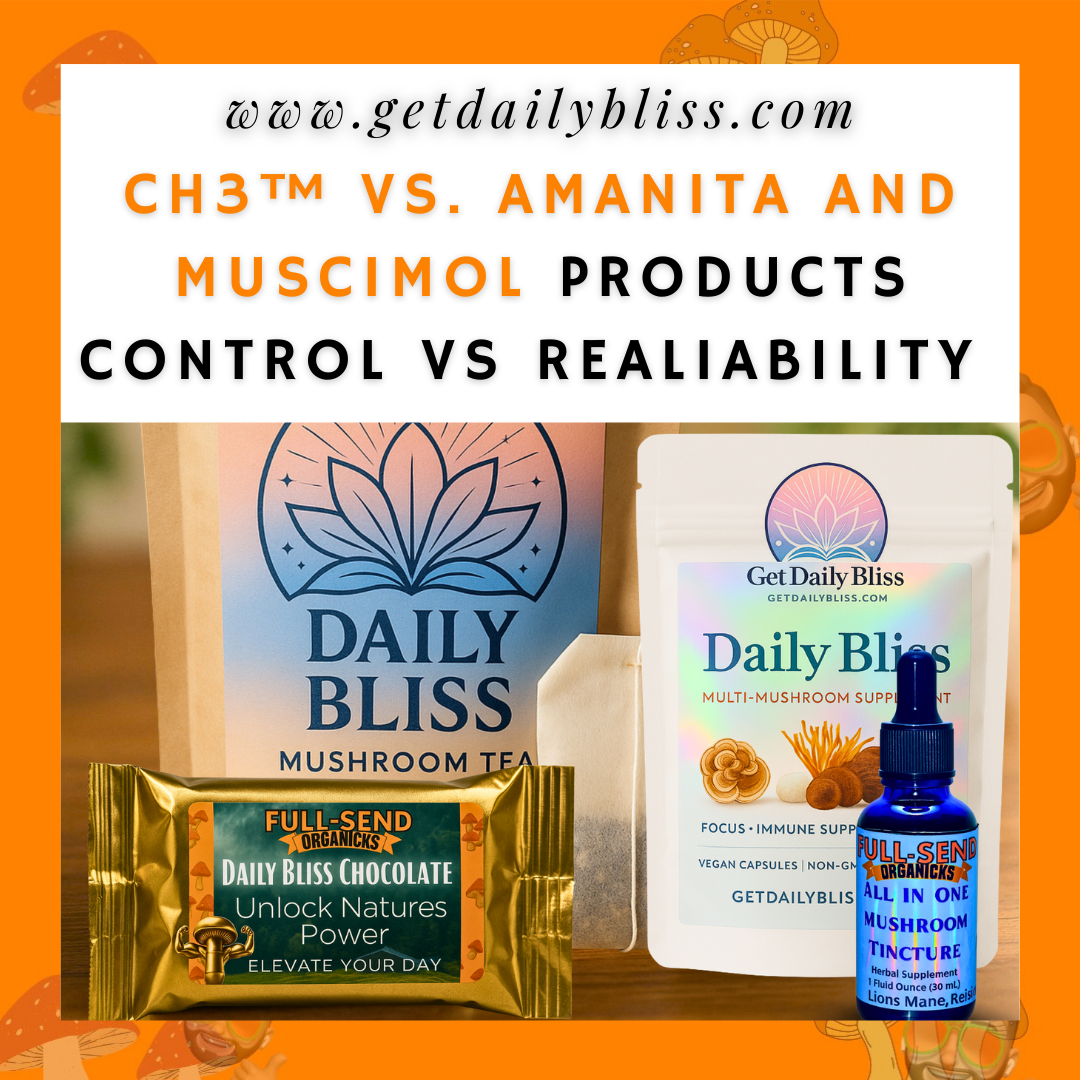Liquid Culture: In Depth and Detailed
Liquid cultures are the lifeblood of many mushroom growers. They offer fast colonization and efficient inoculation, but like any living organism, they can go bad. Knowing the signs of a contaminated liquid culture can mean the difference between a bountiful harvest and a wasted effort.
Here’s a guide to help you identify if your liquid culture has gone south
Visual Inspection: The Telltale Signs
- Color Change: Your liquid culture should be a creamy white or light tan color. If you see any drastic color changes, such as green, blue, pink, or even black, it’s a strong indicator of contamination.
- Fuzzy Growth: Healthy mycelium should be smooth and silky, with a subtle cloudiness in the liquid. If you notice fuzzy growth on the surface or throughout the liquid, it’s likely a fungal or bacterial contamination.
- Sedimentation: A small amount of sediment at the bottom of the jar is normal. However, excessive sediment or clumps of material could indicate contamination.
- Unusual Odors: Healthy liquid culture should have a slightly earthy or sweet smell. If you notice any strong, unpleasant odors like ammonia or sourness, it’s a red flag.
Testing Your Liquid Culture
The Texture Test:
Thick and Gelatinous: Healthy liquid culture will have a slightly viscous texture, similar to milk. If it becomes thick and gelatinous, it could be a sign of bacterial contamination.
The ‘Shake Test:
Slow Settling: A healthy liquid culture should settle quickly after shaking. If the mycelium takes a long time to settle back to the bottom, it may be an indication of weak or contaminated growth.
Trust Your Instincts
Hesitation is Key: If you’re unsure about your liquid culture, it’s always better to err on the side of caution and discard it. Contaminated cultures can spread to your other cultures and jeopardize your entire mushroom growing operation.
What to Do if Your Liquid Culture is Contaminated
Discard: Immediately dispose of the contaminated liquid culture. Do not try to salvage it!
Sterilize: Thoroughly sterilize all tools and equipment that came in contact with the contaminated culture.
Preventative Measures: Always work in a clean and sterile environment to minimize the risk of contamination.
Preventing Contamination in the First Place
Sterilization: Properly sterilize all your equipment and your agar plates.
Aseptic Techniques: Master aseptic techniques for transferring cultures and making inoculations.
Fresh Supplies: Use fresh, high-quality ingredients for your liquid cultures.
Cleanliness: Maintain a clean and organized workspace.
Now Your Ready To Hit The Lab and Mush On!
Remember, healthy liquid cultures are vital for successful mushroom growing. Being vigilant and taking preventative measures will pay off in the end with a bountiful harvest of delicious mushrooms!




